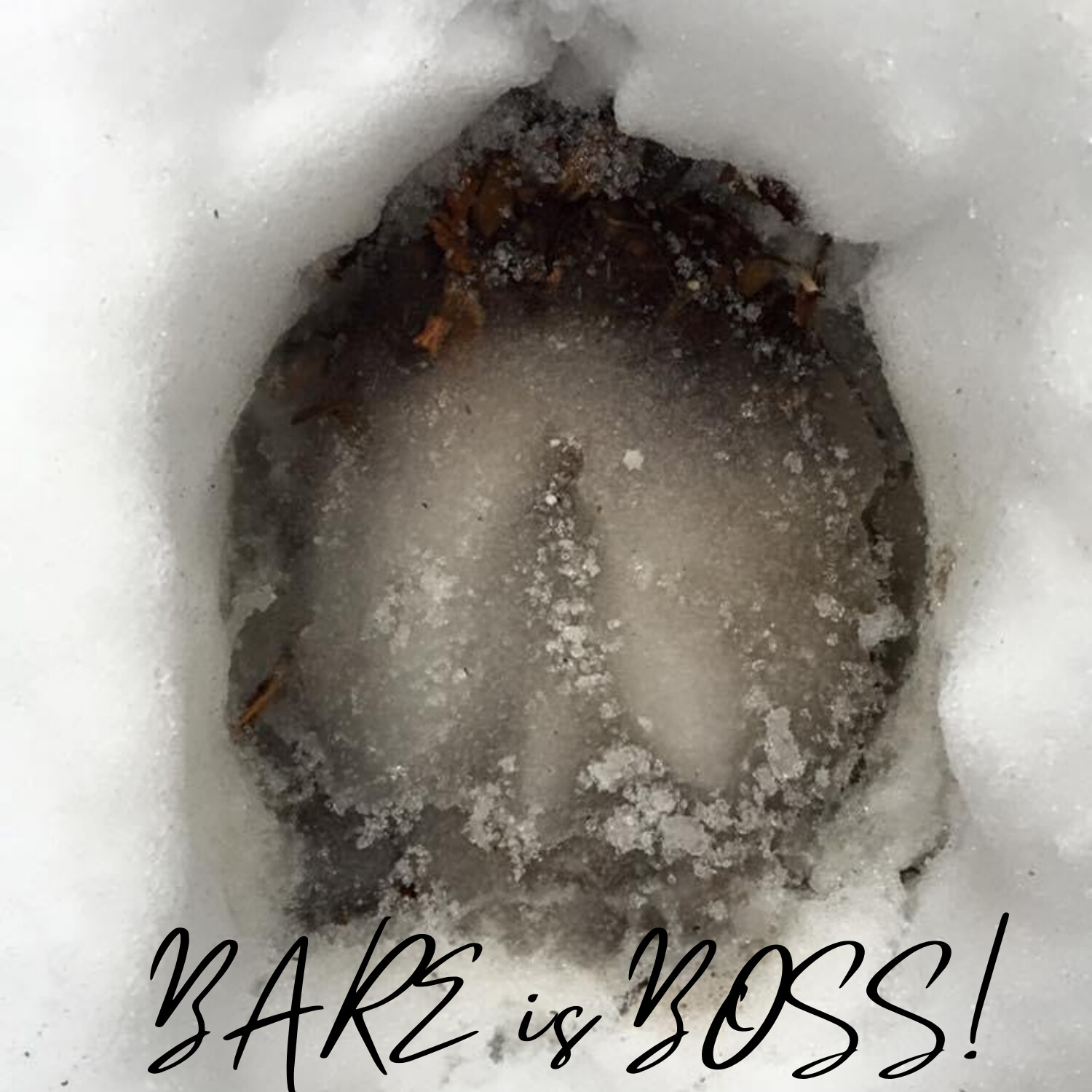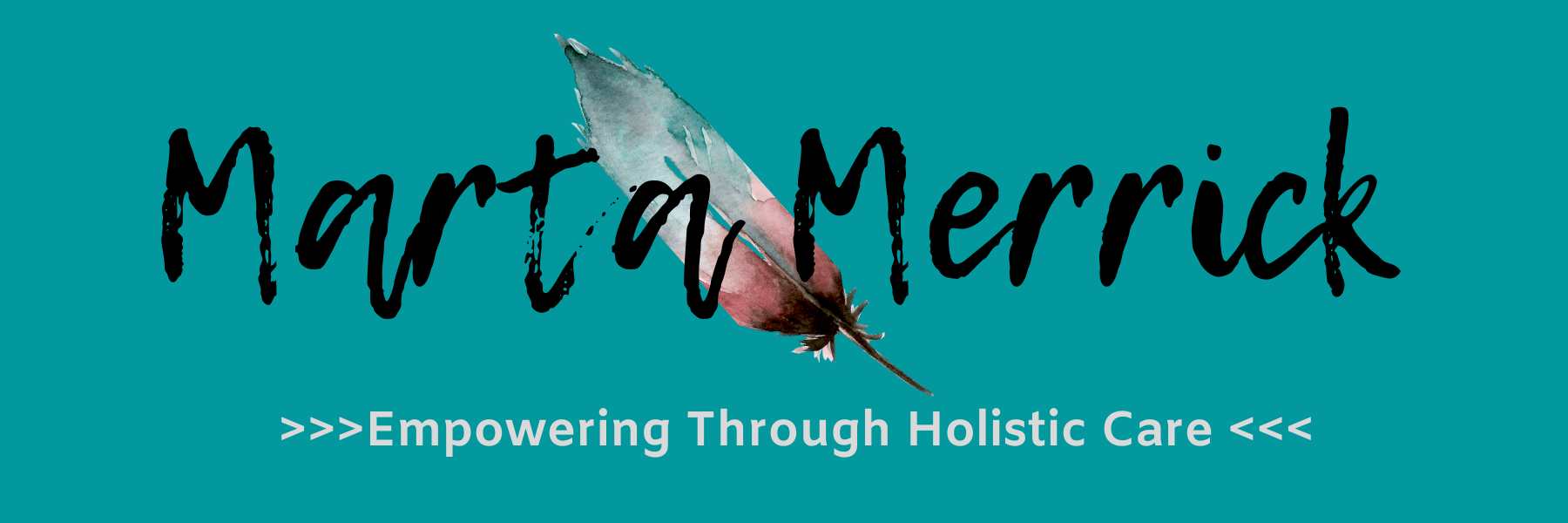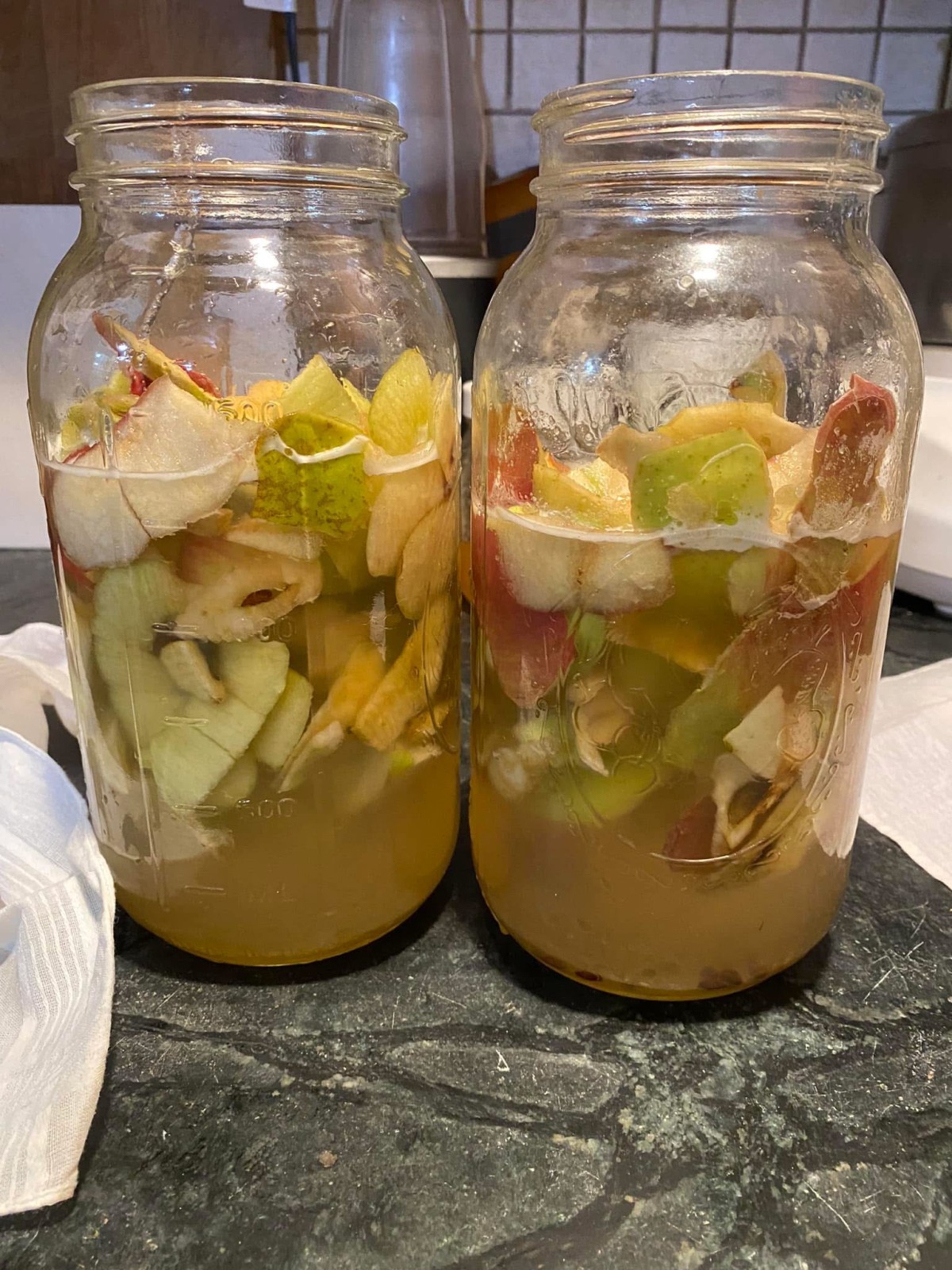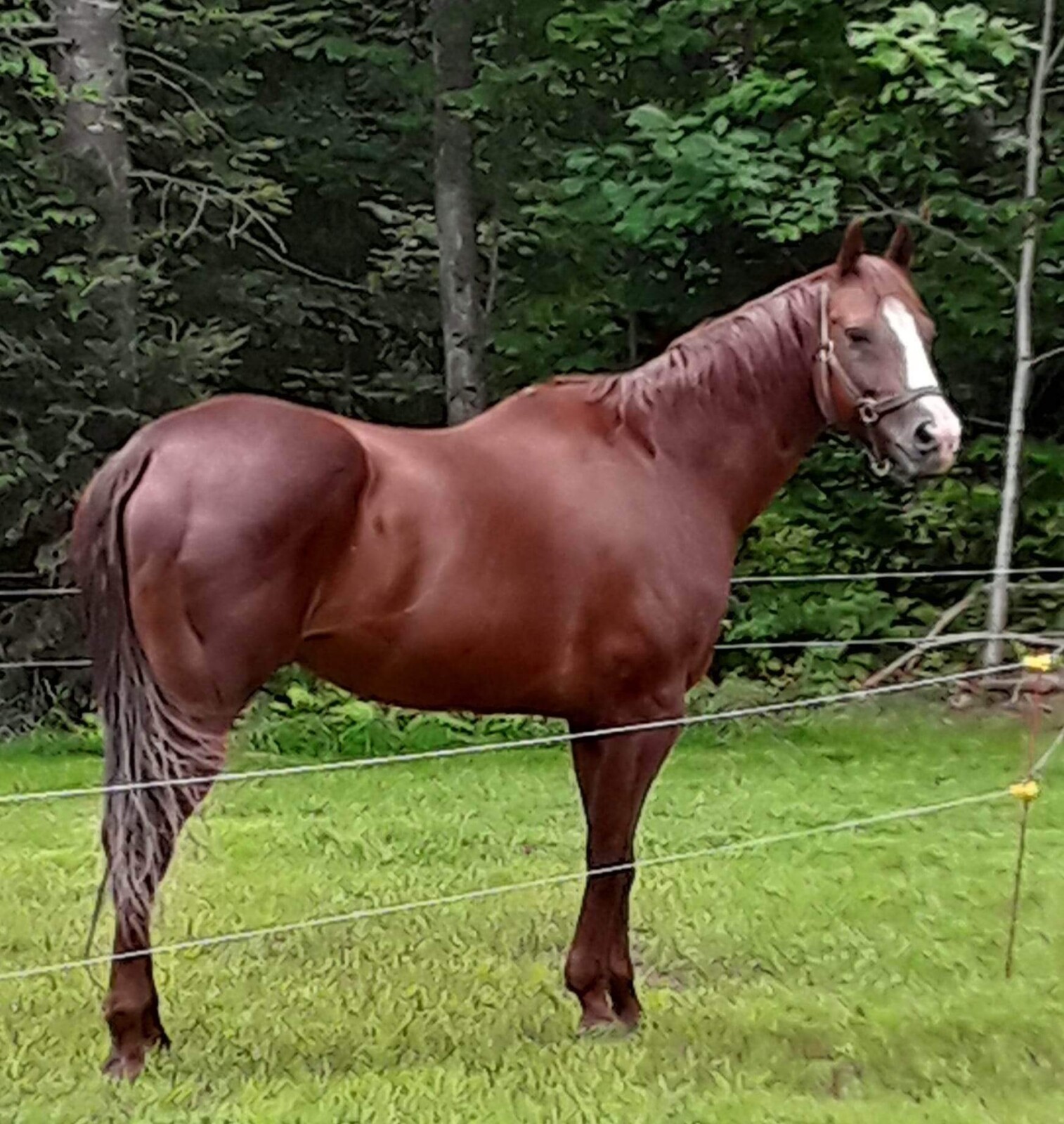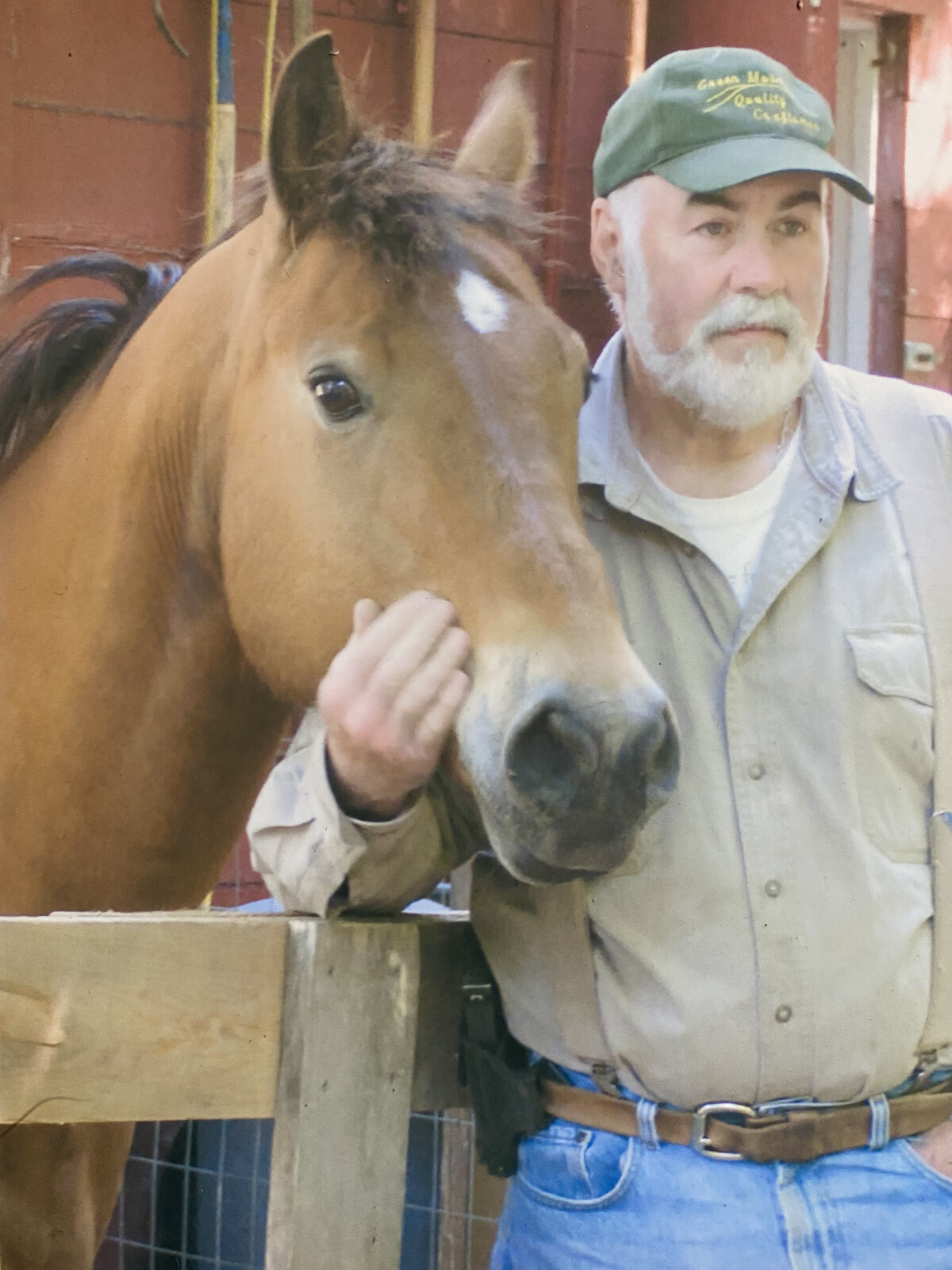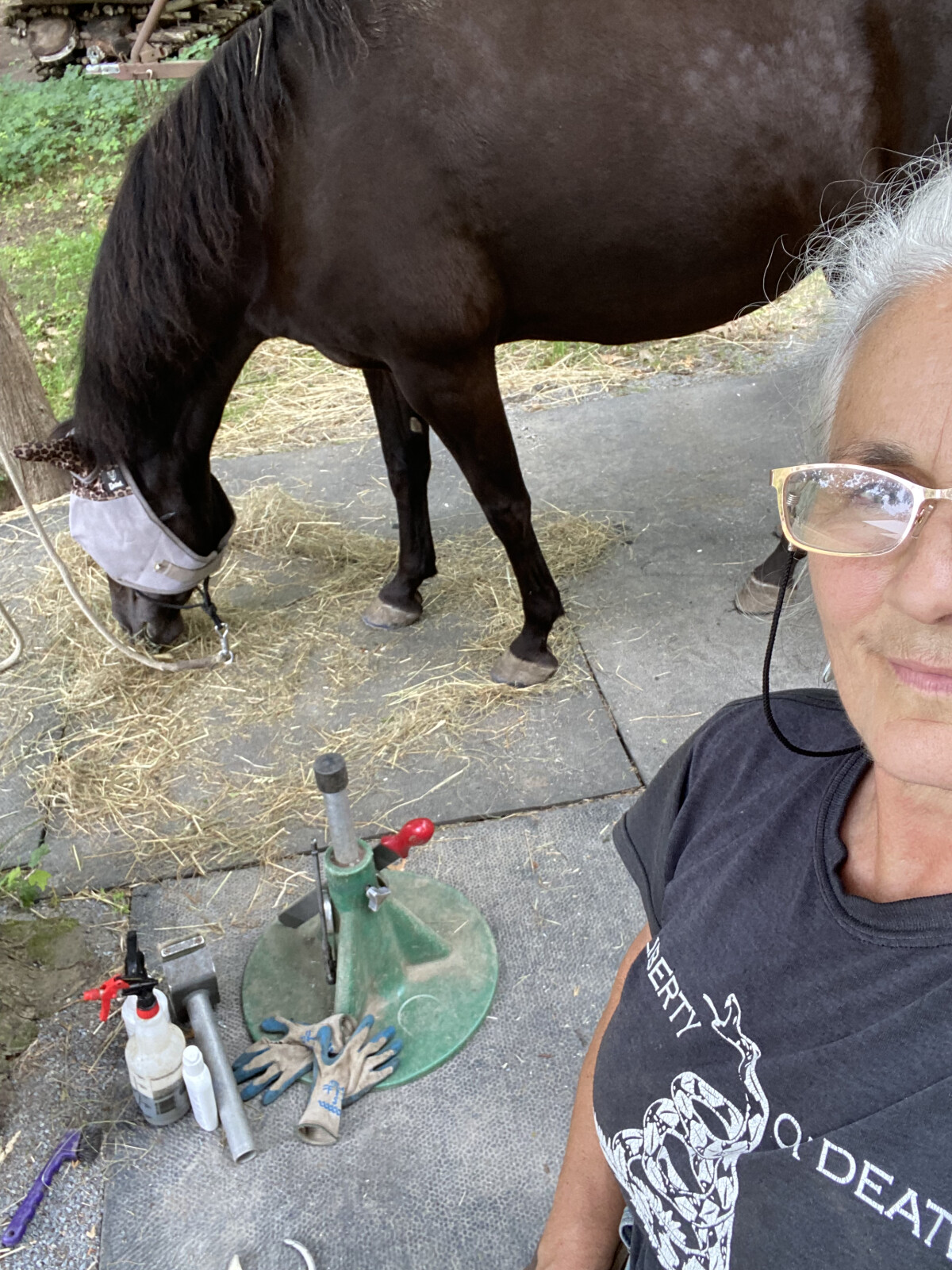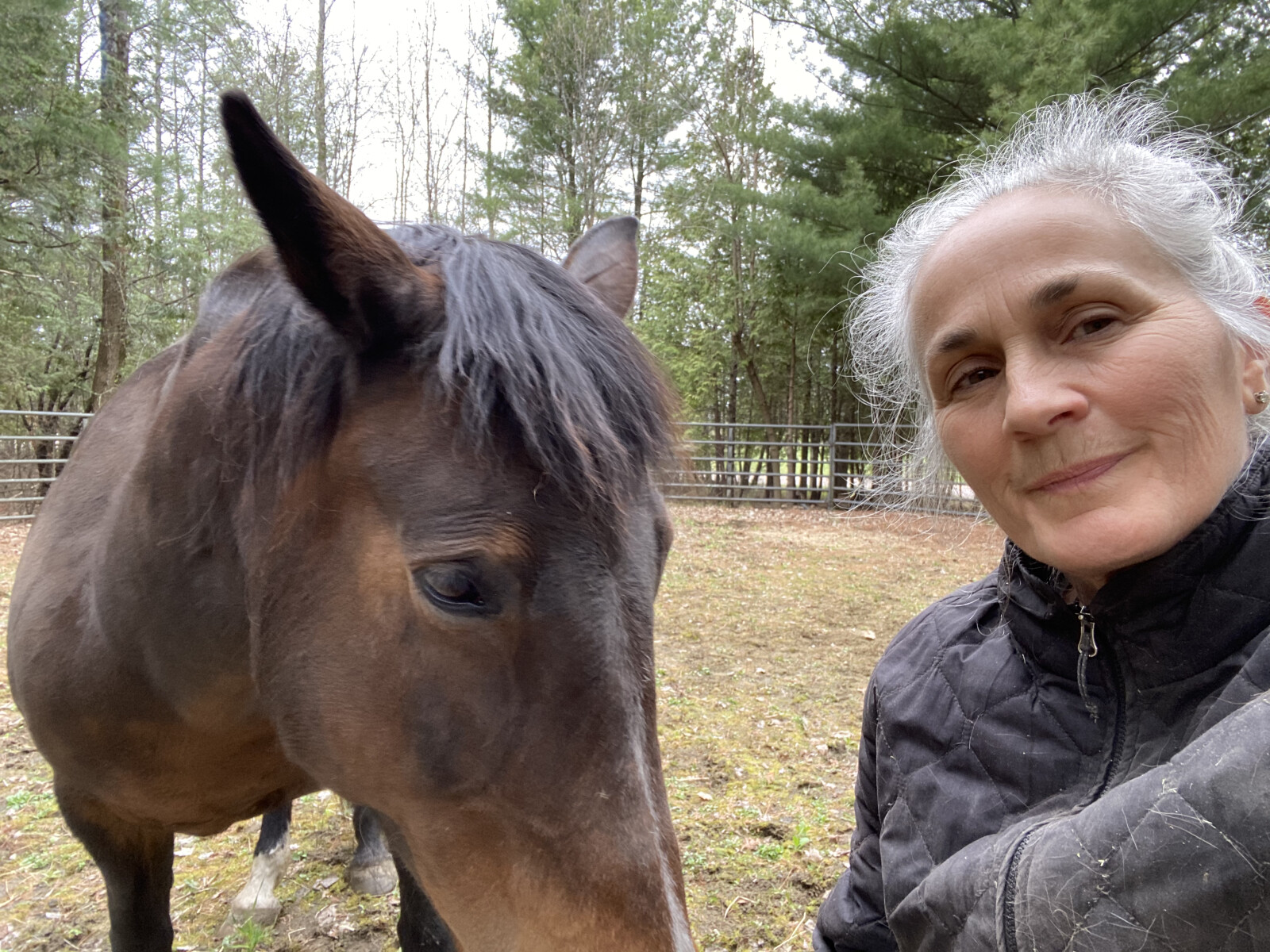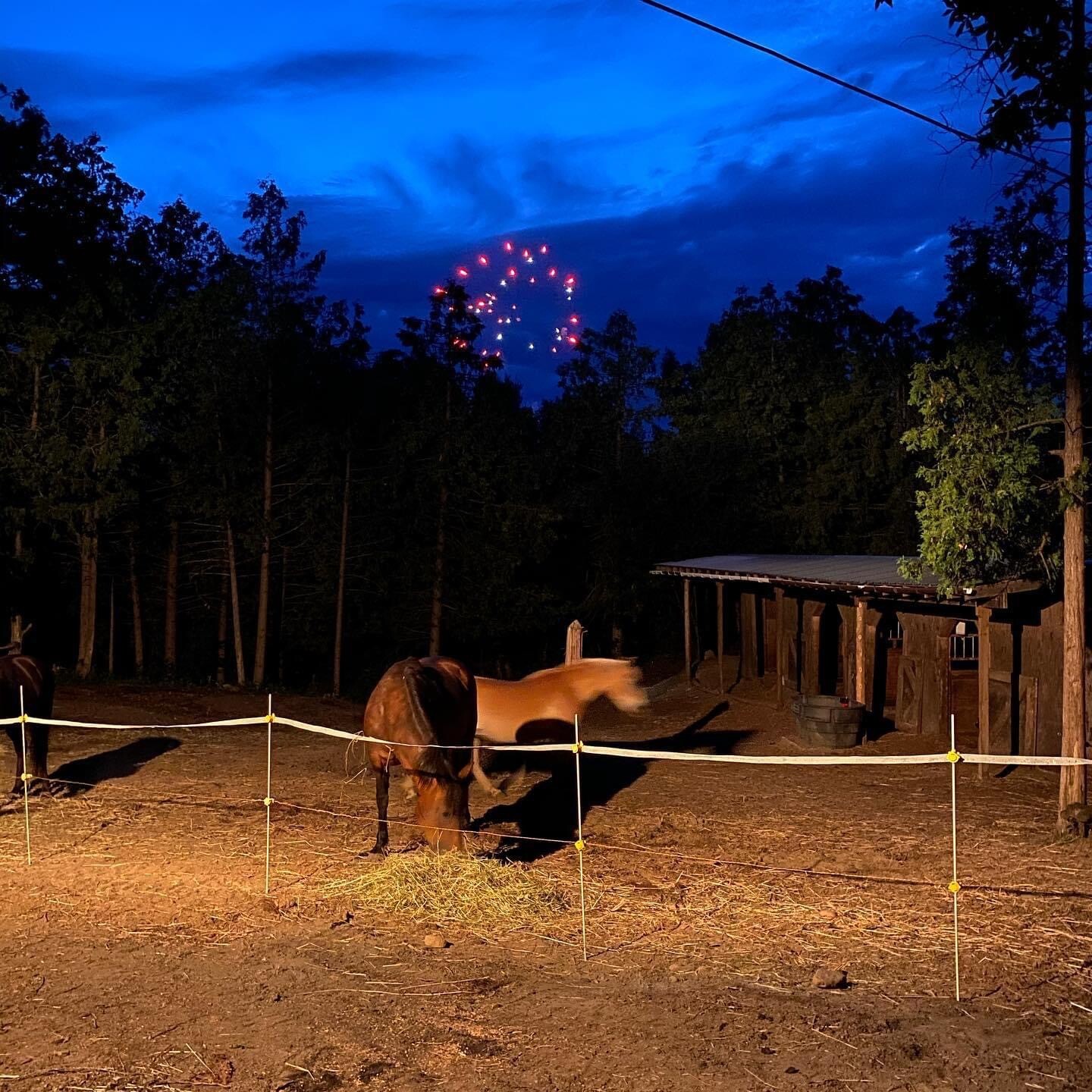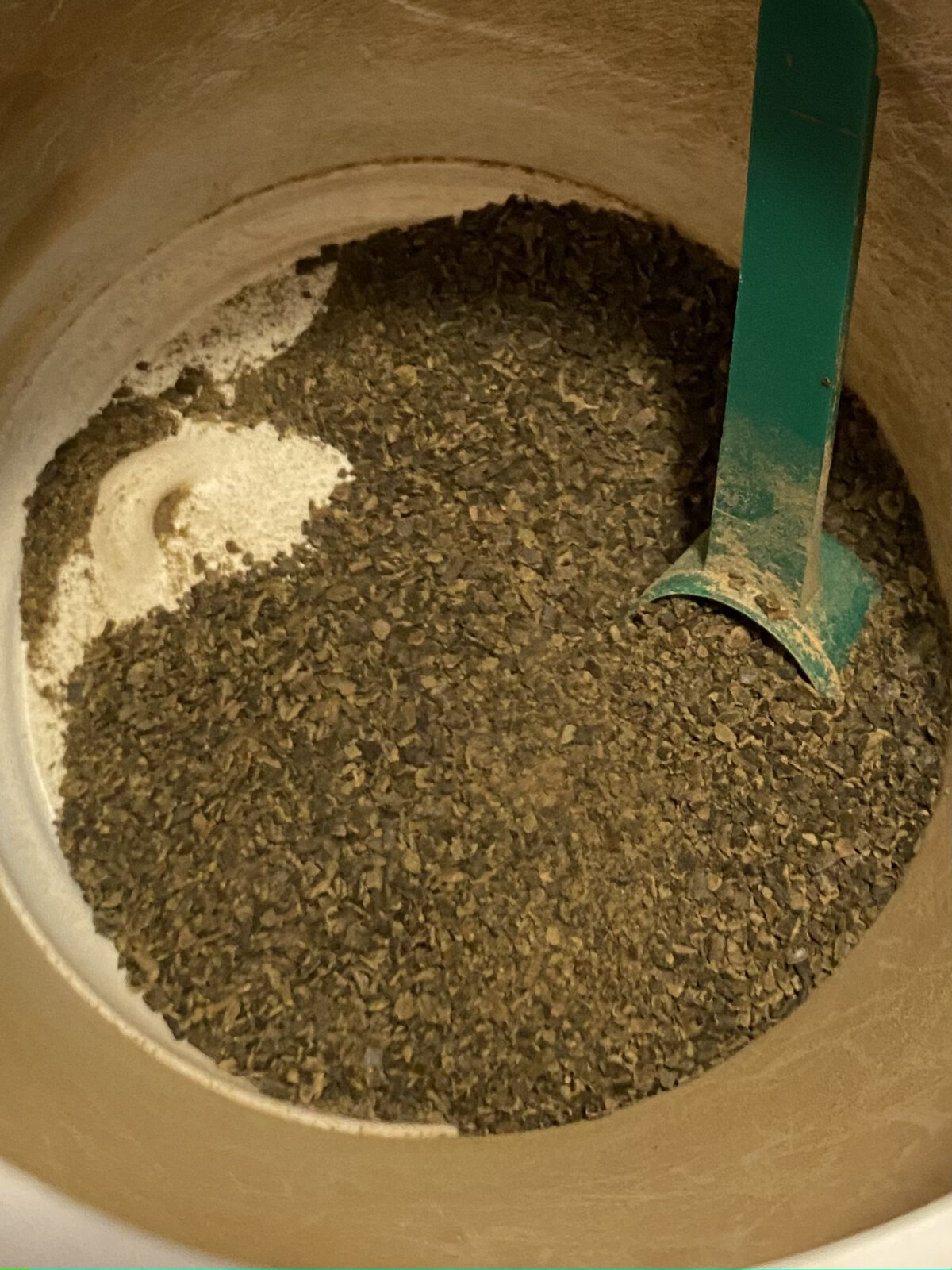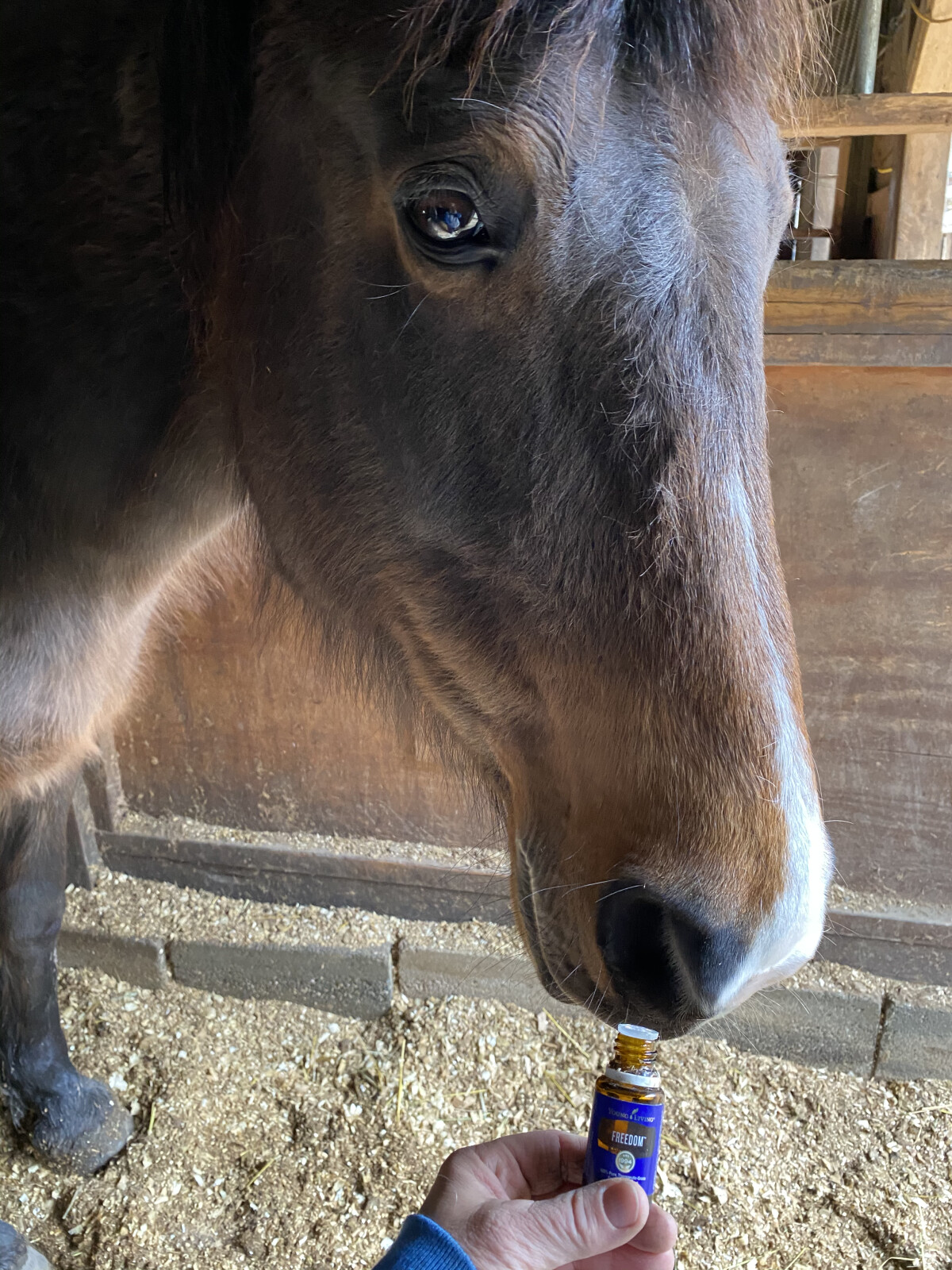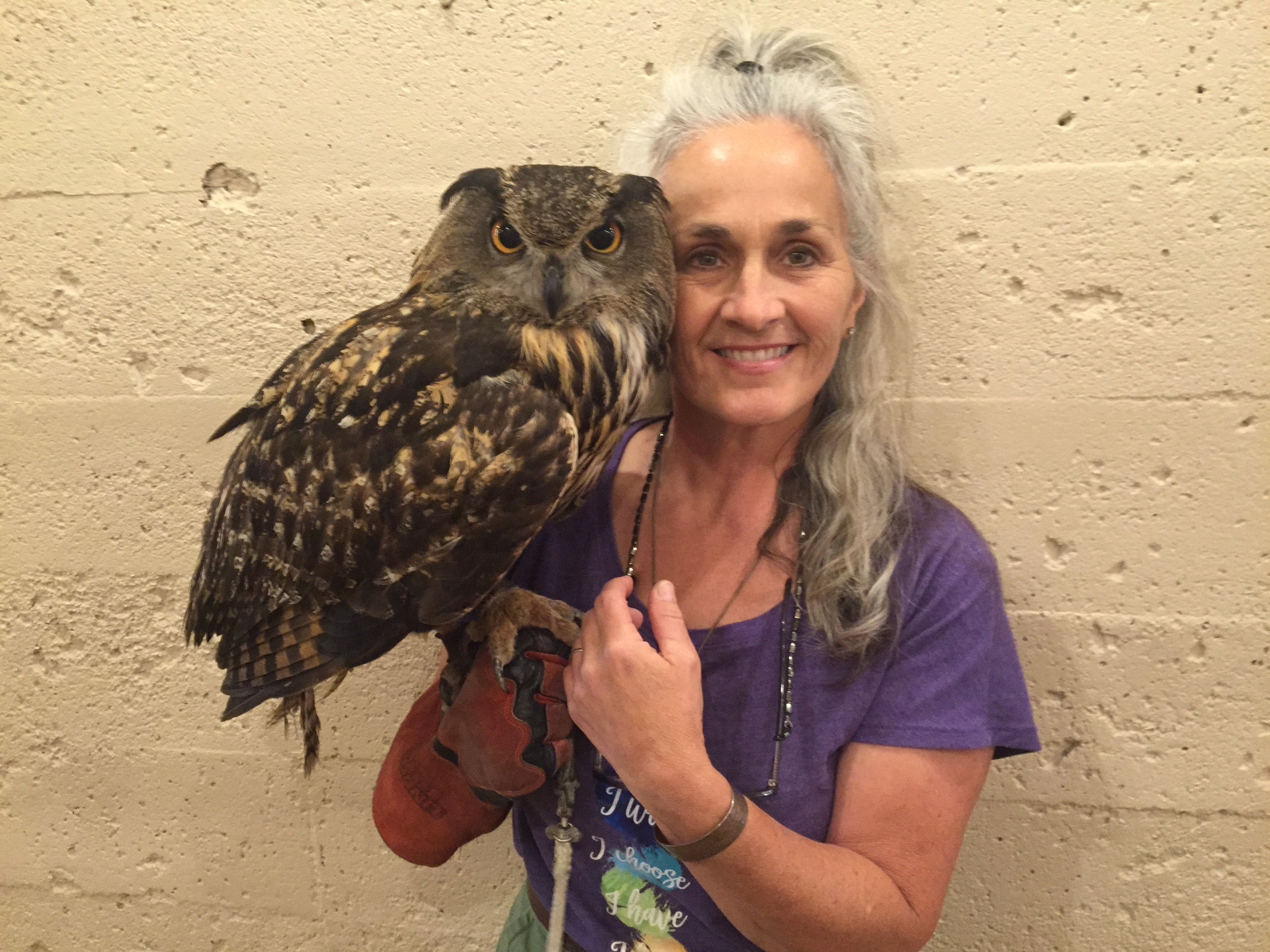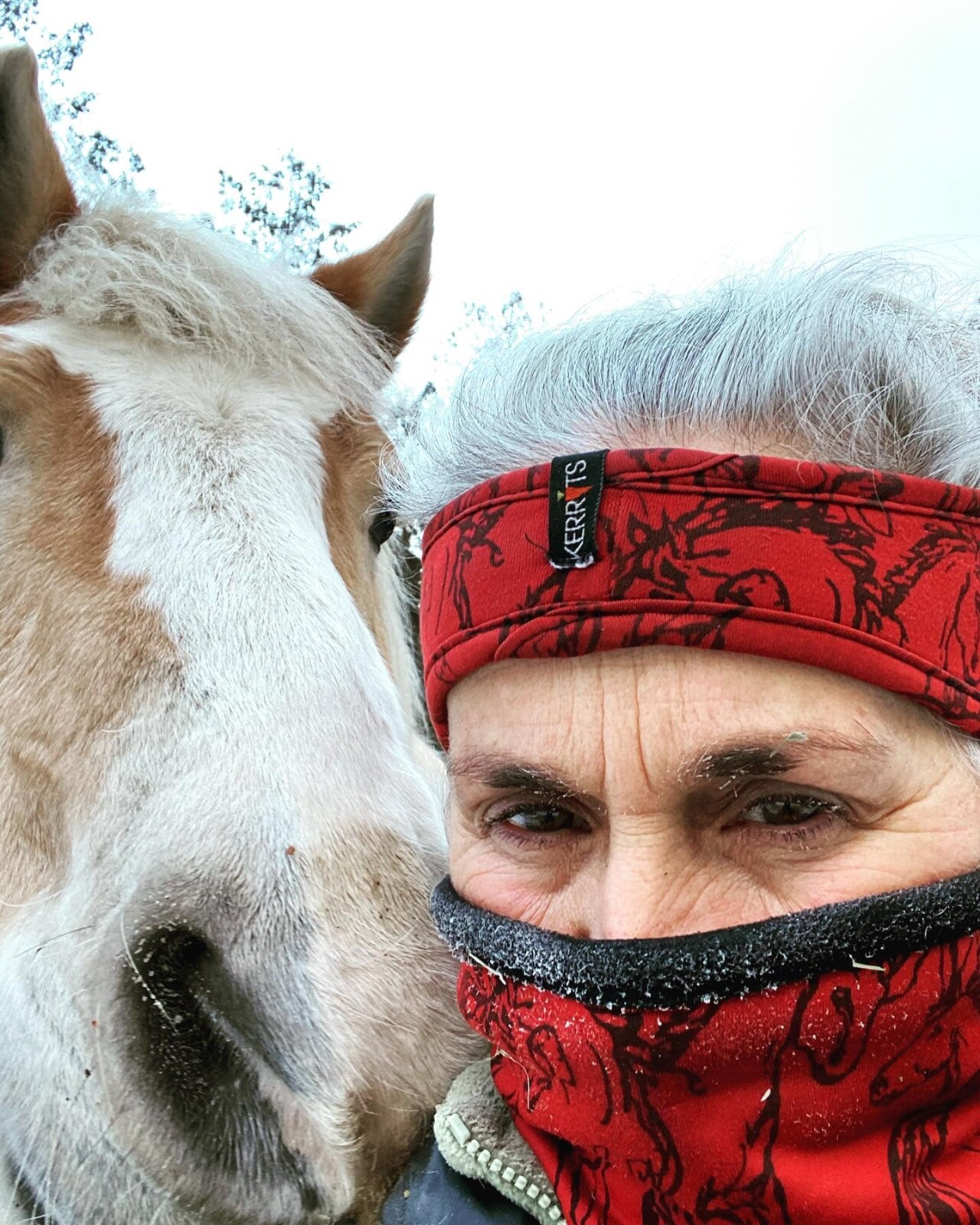
The winter can be tough to spend time playing with or riding your horse, especially if you don’t have access to an indoor or good footing. But don’t fret, there are loads of things you can to with your horse! These activities will help to develop your relationship as well as improve your horse’s mental, emotional and physical wellness.
Here is a list of a few things I like to do with my horses when its cold or I’m short on time…
Just be with them. Put your hands on them and breathe. Let your breathing and hearts get in sync. Talk quietly with your horse. Tell them your secrets…
Do stretches. Lifting the front leg with a little stretch forward is great for their shoulders. Tickling the belly with your finger tips is great for getting them to lift their top line. A hind leg, cross in front hold is great for the hind end and balance (there’s a great video of this in Guide 9 of the Hearts Of Horses group).
Ask for yields. Using the lightest of touches, or maybe even just a thought. Ask your horse to move their hindquarters or crossover their front feet moving away from you. Have them back up or move sideways away from you. A challenge…ask them to move sideways toward you!
Pick up their feet and check them. Do a quick clean out and inspect each foot to make sure all is well. A quick spray with Thieves Cleaner goes a long way for keeping the frogs healthy too!
Assess their energy centers to see if all are open and flowing. Not sure how to do this? Watch this video and learn to use a pendulum.
Use energy healing techniques from Healing Touch for Animals to clear away congested energy and blockages from their system. To me this is the most overlooked part of our care for our animals. If you'd like to learn more about energy and vibration tools read my recent blog here.
Use light therapy (red, green and blue). Apply the light to wellness points on your horse for a preventive approach to their care. Use the light on the carotid for 10 minutes to cleanse their blood!
Apply essential oils. Do a RainDrop Kit session to promote relaxation, cleansing and immune system stimulation. Spend a month applying the Feelings Kit daily and you’ll be amazed at how much more harmonious you and your horse will be together! It will bring your partnership to a whole new level!
If some of these things are new to you, or you’ve never heard of them but are interested in learning more, I encourage you to check out the Guide section at the top of the page in our community, The Hearts of Horses, Empowering Through Holistic Care.
Stay warm and enjoy your time with your horses,
Marta
